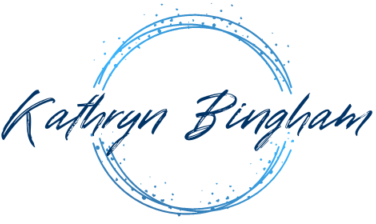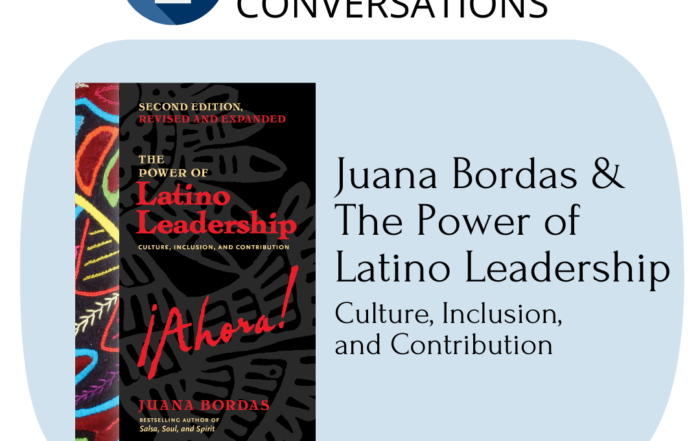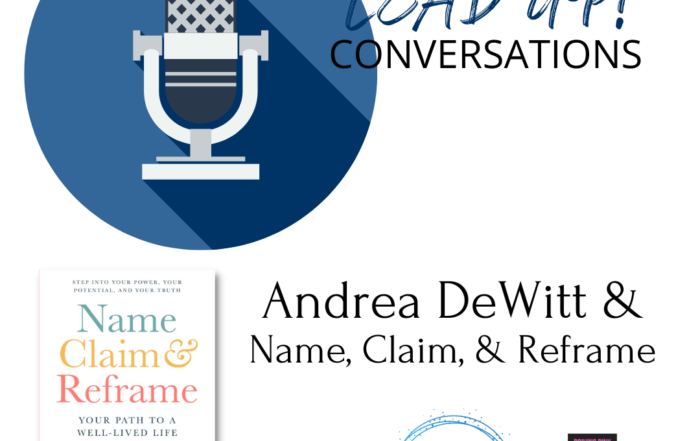Frogs, Bunnies, & Getting Things Done

What’s the one thing ALL people share no matter what roles they play in life? TIME. We all have the same seven days in our week and 24 hours each day to allocate to living, vocation, creating, relating, discovering, resting … you get the idea. So why are some of us burdened and overwhelmed while others of us experience a sense of freedom and fulfillment?
Every leader who is also a parent and juggles graduate school or work related travel faces competing priorities. I’ve done all those things at the same time—and lived to tell some hilarious stories. I’ve also worked with executives and working women at all levels who’ve struggled to “get it all done.”
I’ve read hundreds of books and articles on organizing, planning, productivity, and circadian rhythms. What can I say? I’m kinda geeky about testing systems and processes.
Here’s what I generally share: First, our lives and priorities are different, so what works perfectly for one individual may not resonate fully with the next. Give yourself a break if the “latest” system is not your cup of tea. Second, there ARE nuggets of wisdom within the many available ideas and resources that will work. Consider these three books to address procrastination (priorities done on time), an overall system (not dropping any balls), and your environment.
1. Brian Tracy’s Eat That Frog: 21 Great Ways to Stop Procrastinating and Get More Done in Less Time – What I love about this book is that it’s organized into short, easy to scan chapters. Tracy uses frogs as a metaphor for priorities and tasks that deluge us (I picture the biblical plague of frogs). Tracy’s frog wisdom includes: “If you have to eat two frogs, eat the ugliestone first.” Then he shares uber practical options to up your productivity and timeliness.
With 21 implementable ideas, incorporating even a few will make a difference. I have only one critique: be mindful of the difference between workplace “socializing” (a potential time waster and procrastination technique) and strategic socializing(a critical action to build relationships with colleagues, test ideas informally, and garner support for or consensus on proposals). Tracy doesn’t differentiate, and the second type of socializing is important—especially to women in the workplace.
2. David Allen’s Getting Things Done – Getting Things Done (often referred to as GTD) is all encompassing—capturing personal, professional, and any other roles and responsibilities into a single system. When we humans download all the “things” into a trustworthy system, we free our minds to be fully present and productive. We don’t drop any balls—or forget appointments, miss deadlines, or experience those dreaded OSMs (Oh Sh-t! Moments) because we suddenly realize today the soccer team needed snacks and we’ve flown to Boston.
Allen updated his classic in 2015 with discussion on GTD integration with digital apps and devices. I use a paper-digital hybrid for my planner, calendar, projects, and tickler. I know people who are avidlyall paper or all digital. GTD works.The processes are clearly laid out and can be implemented flexibly. Success takes (a) an upfront commitment to collect and categorize ALL the “things” and (b) an ongoing set of routines to work the “system.”
I like his text for the psychology of why GTD works. At the same time, Allen’s writing style and occasional verboseness is not for everyone. Ok, for some it’s almost painful. Luckily, you can scan a chapter for free on Amazon and decide for yourself. If you feel it’s too wordy, Google “GTD” for all sorts of summaries on the process. Again, because we’re all unique, recognize that proscribed elements can be adapted and personalized.
3. Marie Kondo’s The Life-Changing Magic of Tidying Up: The Japanese Art of Decluttering and Organizing – The diminutive wonder that is Marie Kondo has generated a whole movement regarding possessions which “spark joy.” What GTD and Allen have done for to do’s, the KonMari system delivers to environments. Just visit Pinterist or Instagram and you’ll find thousands of before-and-after pics of rooms, cupboards, closets, and garages worldwide.
Kondo advocates collecting all of one thing—such as clothing—into one location. Take a look at the pile. How does this feel or represent you? Then, pick up each item individually, asking yourself if it does, indeed, spark joy. Such keepers are sorted, organized, folded, and put away systematically to enable maintaining order. Items that don’t spark joy are symbolically thanked and then donated or disposed of.
The recommended sequence for the KonMari process in a home begins with clothing—because we often intuitively grasp what sparks joy in our attire. Next, we work through books, papers, miscellaneous (the kitchen, the linen closet, the bathroom, or the garage), and finally sentimental items (pictures, mementos). The resulting orderly, joy sparking home helps us by knowing what we have and where things belong. This means we don’t waste time searching for stuff, we don’t waste money to buy items we have but can’t find, and we’re more mindful of our possessions and space. Our environment and belongings support our lives more meaningfully.
Studies tell us we can succeed at goals alone—including eating our frogs, managing our bunnies (this is my own reference to any pile of paper, which seems to breed like rabbits overnight), and freeing ourselves from stifling environments. But, we do so best if we’re intentional and accountable. If you really want to make a change, tell someoneand engage a partner or coach to help.
If you could wave your magic wand, what would you change? Would being more productive, timely, or organized support your goals? In what way?
Thank you for visiting Dr. Kathryn Bingham’s blog! We invite your discussion at LEADistics’ community page. Fans and honest critics are welcomed! Please see our Comments Policy and reuse Permissions on the FAQ page. All posts are covered by copyright law, with all rights reserved.
Social Share
Recent Posts
LeadUP! Juana Bordas
This LeadUP! Conversation features Dr. Juana Bordas, president of Mestiza Leadership International and author of newly updated The Power of Latino Leadership (listen or watch here). Bordas shares how her immigrant experience shaped her leadership. [...]
Power of the Pivot
The idea seems simple. When something isn’t working, just change. Shift. Adapt. But our brain sabotages the effort. We’re convinced that if we just do better or try harder with our current path or process, [...]
LeadUP! Andrea DeWitt
In this LeadUP! episode, Dr. Kathryn Bingham and author Andrea DeWitt talk about her new book, Name, Claim & Reframe and how individuals can step into their power, their potential, and their truth. Both the [...]





